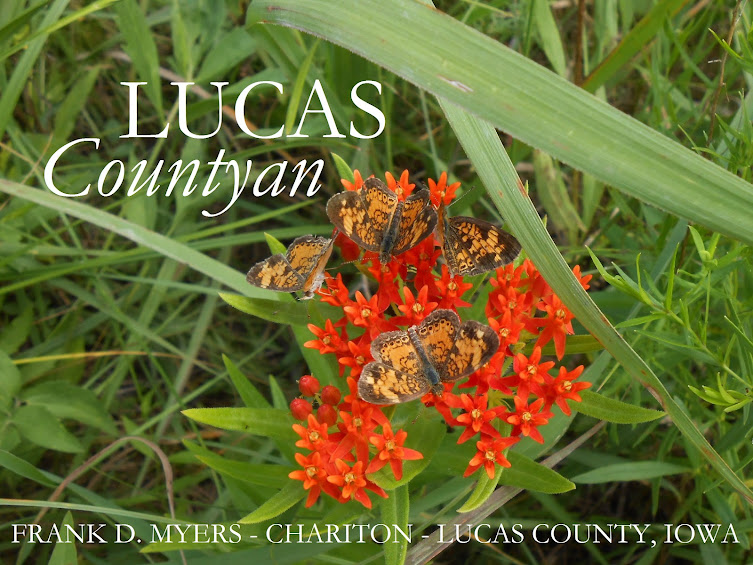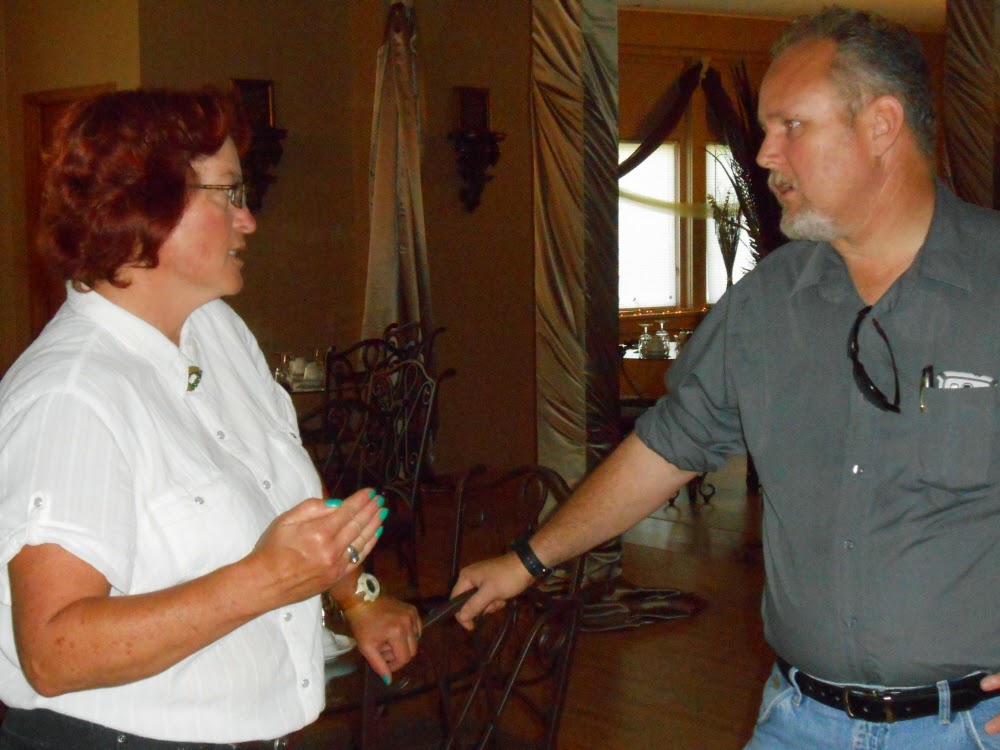Gay Georgian Daniel Pierce's video of an encounter with family members enraged by his sexual orientation went viral last week --- some 4.5 million views, I believe; and it would be interesting to know the demographics of the audience. Hopefully, quite a few were parents interested in learning how not to behave if one of their kids trusted them enough to come out as lesbian, gay, bisexual or transgender.
This was not, however, a coming-out occasion; Pierce, 19, had told his family he was gay a year ago and while the experience had not been fully positive, it hadn't been this negative either. Some sort of intrafamily religious revival had occurred in the interim and his grandparents, father, stepmother and a sister of the stepmother had gathered to "intervene" --- convince Daniel that he could change his orientation, or as it's sometimes phrased these days, "pray the gay away."
The encounter didn't didn't go well and ended as the "concerned" family started calling the kid names, cussing and finally beating him up --- with camera running.
I'm guessing that a substantial share of the 4.5 million was made up of folks like me; nearly all of us have been through at one time or another conversations like this with family, friends and mentors that may have ended better but always, we feared, carried similar potential.
It's a daunting task for an insecure kid, of any age, to take on the task of raising his or her parents --- and that's what often happens just because gay kids are born into straight families --- and sometimes it doesn't go well. So we understand this from Daniel's perspective.
But the alternative is to distance one's self from family physically and/or emotionally --- and I've known quite a few gay folks (and straight ones, too) who have maintained that arms-length distance for a lifetime rather than risk rejection or trust love.
+++
A good deal of the difficulty is based on misunderstanding, and it seems odd that in the 21st century it's still necessary to point out facts of life. Gay kids really are born (created, if you like) this way; most of us have known almost forever (my "aha" moments came at about age 4, although of course I had no idea what it was all about). We can't change the orientation.
Gay folks are not in any sense "sinful" because of their orientation, nor are loving and non-exploitive physical expressions of their sexuality wicked. We merely are, if you care to phrase it this way, as God made us. It's a life, not a "lifestyle."
Folks who drink from the poisoned wells of fundamentalist and right-wing evangelical Christianity seem to have the most trouble with these facts in western culture.
+++
Since I'm not straight, all I can do is speculate about what motivates heterosexual families when they're dealing with gay kids.
I'm sure there's an element of fear and concern. Most parents want their kids to be happy and fear that gay folks aren't. While there certainly are challenges, most imposed by a heterosexist culture, that need not be the case. Loving and supporting families are keys to giving kids of any and all orientations a shot at happy and fulfilling lives.
And then there's anger. Some parents have anger issues when it comes to handling the unsurprising fact that children may not share their values, their outlooks, their faith --- or their sexual orientation. In many instances, LGBT kids, through no fault of their own, will inspire anger --- just by being.
The saddest of all, however, may be shame. Parents lash out at their queer kids to one degree or another because they're afraid of what the neighbors, the grandmas and grandpas and the folks next pew over on Sunday morning may say --- the preacher, too.
+++
I've never been a parent, but I have been a kid --- with very good parents I think --- so I figure that qualifies me to offer a little advice to those who are parents in this confusing day and age.
1. Gay kids are born into heterosexual families, so always remember that this can happen in your family, too. If it does, it's a gift. You cannot change their orientation.
2. Watch what you say. Kids are little people with ears and memories. They will take to heart what you say and remember it. Do what you can to ensure that they do not grow up fearful that there are some things they dare not share with you.
3. If you're drinking from the poisoned wells of fear, anger and shame --- stop it. You're the adults. Behave like it. In other words, grow up.














































